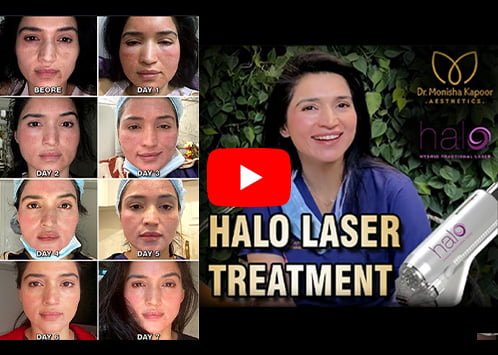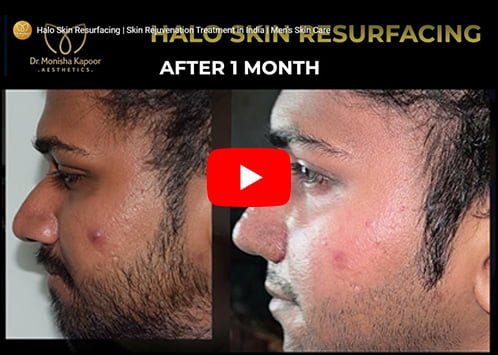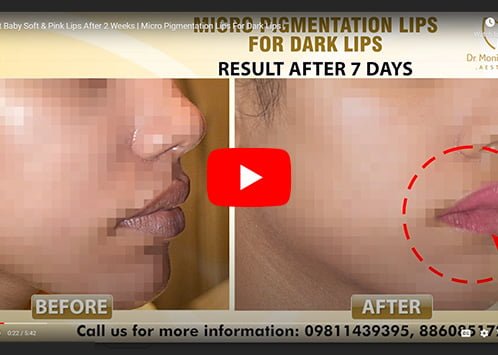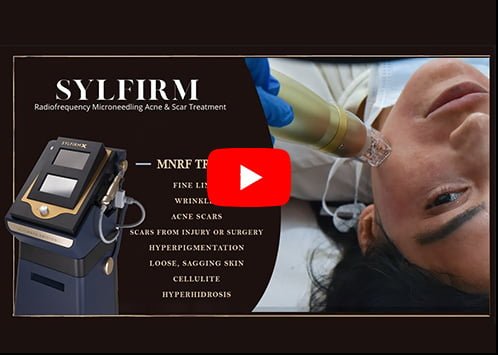What is a Photofacial?
Photofacials are basically skin treatments that are used with different types of light based technology devices. This treatment is beneficial for many skin problems such as hyperpigmentation spots, blemishes, acne, wrinkles and freckles. Photofacial is also known as photo rejuvenation and can even treat age and sun spots. And, this facial treatment is offered at many medical spas, skin clinics and specialized skin care centres. An individual should know the skin type before getting this technique done on their skin.
This procedure is best for those people who keep facing various skin problems. It is also important to know that people with a naturally darker skin tone might not be appropriate for some photofacial treatments as this technique can lead to skin discoloration.
There are two types of photofacials, mainly IPL and LED. Both IPL and LED photofacials involve light being absorbed into the skin. IPL photofacial is more intense as the light absorbs in the skin more deeply.
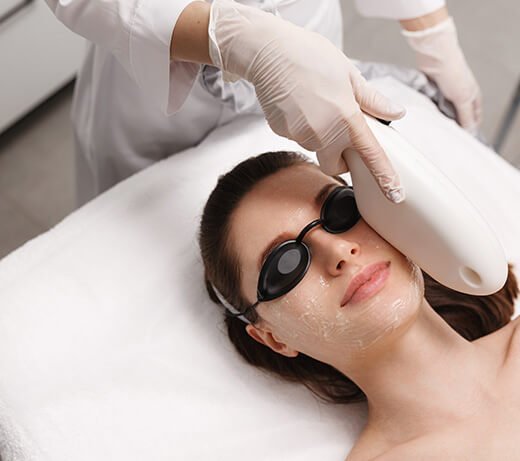
Photofacial types
There are two types of photofacials, namely intense pulsed light (IPL) photofacials and light emitting diode (LED) photofacials. Each type has its own set of benefits and side effects. The treatment takes around 30-90 minutes depending on the type of photofacial, the location and the expert who performs it. There might be slight redness and swelling but it gets healed on its own within 24 hours. You will see improvement gradually after getting this treatment done. Here are the two types of photofacials:
In LED photofacial, there is a requirement of handheld devices or lamps that throw different LED light colours. The positive effects of this procedure are because of the colours of the LED light. For example, the blue light reduces acne by killing acne-causing bacteria and the red light helps in stimulating collagen production which is helpful in treating the signs of ageing. LED treatment is also known as non-IPL or light therapy, and it should be performed on people who have a sensitive skin and minor skin problems like blemishes or freckles. LED photofacials penetrate into the epidermis and treat surface problems mostly. It is even performed at many spas as an add on feature to a regular facial. However, you should still get it done only by a qualified professional and not take any risks with your skin treatment. There are less potential side effects and complications involved with this type of photofacial.
IPL photofacial is also known as Pulsed Light Therapy and involves the usage of a manually handled device that produces pulses of broad spectrum light through direct contact with the skin. It has a major impact on the deeper layers of the akin, making it one of the most preferred treatments for broken capillaries, sun spots and other problems. If you have more serious skin conditions that affect deeper layers of skin, Intense-pulsed light (IPL) treatments might be an ideal procedure for you. It is a simpler technique, but should only be performed by a medical professional, preferably a plastic surgeon. In this treatment, it requires a blast of light at intense pulses, outside the bandwidth of laser, that goes deep into the skin’s second layer (dermis) without affecting the top layer. For this type of photofacial, you might have to go for several sessions after every 3-4 weeks, as suggested by the professional.
Photofacial benefits
The most common areas to get photofacials are face, neck, shoulders, back, and hands. Usually, people get photofacial on the areas that are frequently exposed to the environment. Here are the main benefits of photofacial:
You can easily get rid of wrinkles by getting this procedure done on your face. Photofacial smulates collagen growth by treating a deeper layer of the skin. The process helps in fighting many signs of ageing including wrinkles.
Photofacial skin care treatment is also effective in reducing the appearance of freckles on your face. It is a common skin problem that is faced by a lot of people. You can rely on IPL to diminish the appearance of freckles.
Intense pulse light treatment can help in removing sun and hyperpigmentation spots from your skin. The bright light passes through the epidermis, drawing out the pigment producing cells and dispersing the uneven pigment. This laser light treatment is usually done to treat pigment issues.
By treating pigmentation and the brown spots on your skin, photofacial procedure further contributes towards improving your skin tone as well. It evenly distributes the skin tone, improves texture and makes it even more shiny.
Rosacea is an enlarged facial blood vessel condition that causes redness on the skin. And, photofacial is a treatment for this skin condition too. Along with brightening the skin, rosacea patients can also refer to photofacial treatment to decrease redness after every session.


